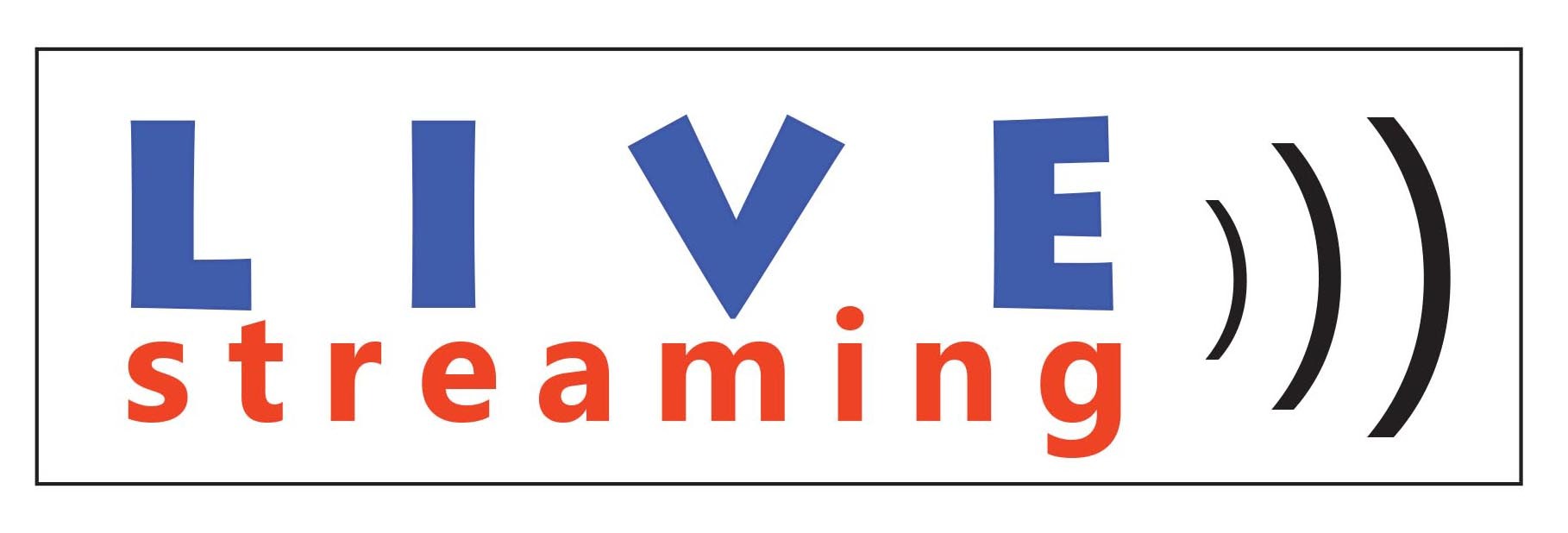Shabbat Shalom with a Heart Healthy Dose of Torah – Va-eira
We learn from our histories. We are products of our culture and communities. Where our community teaches us to love and engage, it is second nature for us. It is not an intentional behavior; it is a pre-conditioned one. Where we grow up afraid in society, it too stands as our default behavior. It is not an intentional behavior; it is a pre-conditioned one. We are who we hang around with because we hang around where we hang around.
Default behaviors, good or bad, become challenging for a community. When we act in certain ways simply by conditioning, we fail to ever see the value in intentionality, and foreclose ourselves from any opportunity to change what needs to be changed or celebrate that which warrants celebration. Bad behaviors get worse and good behaviors falter. When we do not understand value, then nothing matters.
For 30 years in the Rabbinate (including Rabbinical school) and several years prior as a Bar/Bat Mitzvah tutor in Arkansas, I read the Torah over and over again. Once in a while, though, one finds something new to chew on. Every year I read about how Moses and Aaron appear before Pharaoh. At some point, Aaron throws his staff on the ground and it becomes a snake. The magicians of Pharaoh do the same thing and get the same result. Aaron’s swallows up the Egyptian ones and everyone but Pharaoh “oohs and aahs” over the feat – and then we move on. For some reason, I read the text more closely this week. “But Aaron’s staff swallowed their staffs.” It doesn’t say that a serpent swallowed a serpent. Granted, the whole scripture is up for interpretation, but I got stuck on the reality that the text did not say that Aaron’s snake swallowed the others. On the ground is a snake, but it did not swallow the others up as a snake, it did it as a piece of wood. Aaron’s piece of wood swallowed up the others.
Now – I understand that there are those who will argue that this nuance is not a big deal, but think about it. It is one thing to animate an inanimate object. It is still more for a living breathing entity to eat another. It is quite something else for the animated abject to return to its original state and then act in an animated way. Even describing the phenomenon is challenging. Our tradition has always touted the miracle of the staff turning to the snake that ate up the other snakes, but the real miracle is that it did so, after turning back into a staff.
We gloss over miracles. We read what we want to read in stories and then extrapolate sometimes errant pieces of them to teach truths … that are not true. People buy into political rhetoric because messages comport with their pre-existent cultural points of view, and then get locked into posturing to support the position – whether it roots in truth or not. People on the right and the left war with each other, throwing “facts” at each other that represent pieces of realities and versions of someone else’s reading or misreading of history.
It is for this very reason that faith traditions require us to study and not just listen to clergy sermons. English and history teachers make students read real books and not rely on Cliff’s Notes (or the movie). Math and science teachers require students to show the process by which they attain answers and not just give their answer.
There is a saying, “The Devil is in the details.” Now, while I don’t believe in Satan, my other reason for rejecting this idea is that sometimes, it is in the details that we find real truth and the real miracle. How can we best understand what really is miraculous if we pay attention to only a piece of the story? In both our celebrations and challenges, we must transcend our defaults in order to appreciate and deal with reality. We are supposed to be people who are always becoming. As Rabbi Mordechai Kaplan said, “The past has a vote but not a veto.” Shabbat Shalom!

